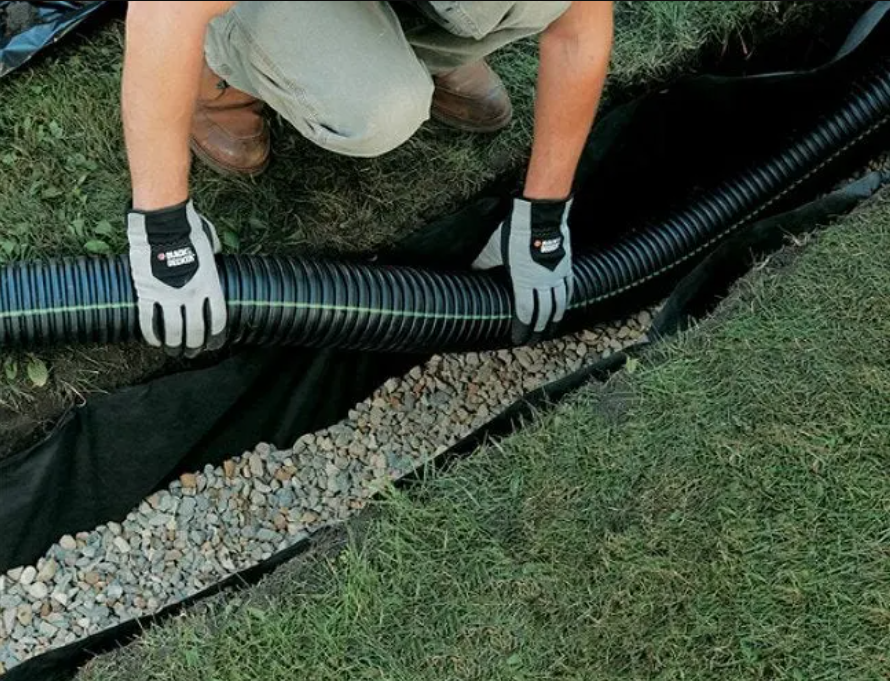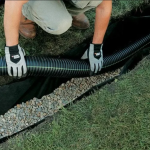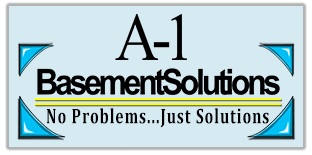Basements are valuable spaces in homes, often used for storage, recreational areas, or even additional living quarters. However, they are also prone to water infiltration, which can lead to a host of problems. Basement waterproofing is a crucial step in protecting your home from water damage, mold growth, and structural issues. This comprehensive guide will cover the various methods of basement waterproofing, the benefits of each approach, and practical tips for maintaining a dry and healthy basement environment.
Understanding the Need for Basement Waterproofing
Water can enter a basement through several routes, including cracks in the foundation, poorly sealed windows and doors, and high groundwater levels. When water seeps into the basement, it can cause a range of issues, such as:
- Structural Damage: Water can weaken the foundation, leading to cracks, shifting, and even collapse in extreme cases.
- Mold and Mildew: Damp conditions promote the growth of mold and mildew, which can cause respiratory issues and other health problems.
- Damage to Belongings: Stored items and finished basement spaces can suffer from water damage, leading to costly repairs and replacements.
Types of Basement Waterproofing
There are three main categories of basement waterproofing: interior waterproofing, exterior waterproofing, and drainage systems. Each method has its advantages and is suitable for different scenarios.
Interior Waterproofing
Interior waterproofing is a popular method because it is generally more affordable and less disruptive than exterior solutions. It focuses on managing water that has already penetrated the basement walls.
- Sealants and Coatings: These products are applied to the interior walls and floors to create a waterproof barrier. They are effective for minor leaks and dampness but may not be sufficient for significant water infiltration.
- Interior Drainage Systems: Interior drainage systems, such as French drains and sump pumps, collect and channel water away from the basement. These systems are often installed along the perimeter of the basement floor and can be highly effective in managing water that enters the space.
Exterior Waterproofing
Exterior waterproofing is a more comprehensive solution that prevents water from entering the basement in the first place. This method typically involves significant excavation and construction work.
- Excavation and Waterproof Membranes: This process involves digging around the foundation and applying waterproof membranes to the exterior walls. These membranes act as a barrier to prevent water from penetrating the foundation.
- Exterior Drainage Systems: Exterior drainage systems, such as weeping tiles and perimeter drains, are installed to direct water away from the foundation. These systems help reduce hydrostatic pressure and prevent water from accumulating around the basement walls.
Drainage Systems
Effective drainage is a critical component of basement waterproofing. Properly designed drainage systems can significantly reduce the risk of water infiltration.
- French Drains: French drains are trench systems filled with gravel and a perforated pipe that redirects water away from the foundation. They can be installed both inside and outside the basement.
- Sump Pumps: Sump pumps are installed in sump pits to collect and pump water out of the basement. They are essential for managing water during heavy rains or high groundwater levels.
Steps for Effective Basement Waterproofing
Effective basement waterproofing involves several key steps, regardless of the chosen method:
- Assessment and Inspection: Begin by inspecting the basement for signs of water infiltration, such as dampness, mold, or cracks. Identify the sources of water entry.
- Repair Cracks and Seal Openings: Use hydraulic cement, epoxy injections, or other appropriate materials to repair cracks and seal any gaps or openings in the basement walls and floors.
- Install Drainage Systems: Depending on the assessment, install the necessary drainage systems, such as French drains or sump pumps, to manage water effectively.
- Apply Waterproof Coatings or Membranes: Apply waterproof coatings or membranes to the interior or exterior surfaces as needed to create a barrier against water infiltration.
- Regular Maintenance: Regularly inspect and maintain the waterproofing systems to ensure they remain effective. This includes cleaning and servicing sump pumps, checking drainage systems, and reapplying sealants as necessary.
Choosing the Right Waterproofing Solution
The choice of basement waterproofing method depends on several factors, including the extent of water infiltration, the condition of the basement, and budget considerations. In some cases, a combination of interior and exterior solutions may be necessary to achieve the best results.
DIY vs. Professional Waterproofing
While some waterproofing tasks can be handled by homeowners, such as applying sealants or installing basic drainage systems, more complex projects may require professional expertise. Hiring a professional waterproofing contractor ensures that the job is done correctly and provides peace of mind that your basement is protected against water damage.
Basement waterproofing is essential for maintaining a dry, safe, and healthy home environment. By understanding the different waterproofing methods available and following the necessary steps, homeowners can protect their basements from water infiltration and the associated problems.
Contact the Professionals at A-1 Basement Solutions Today! 908-322-1313





